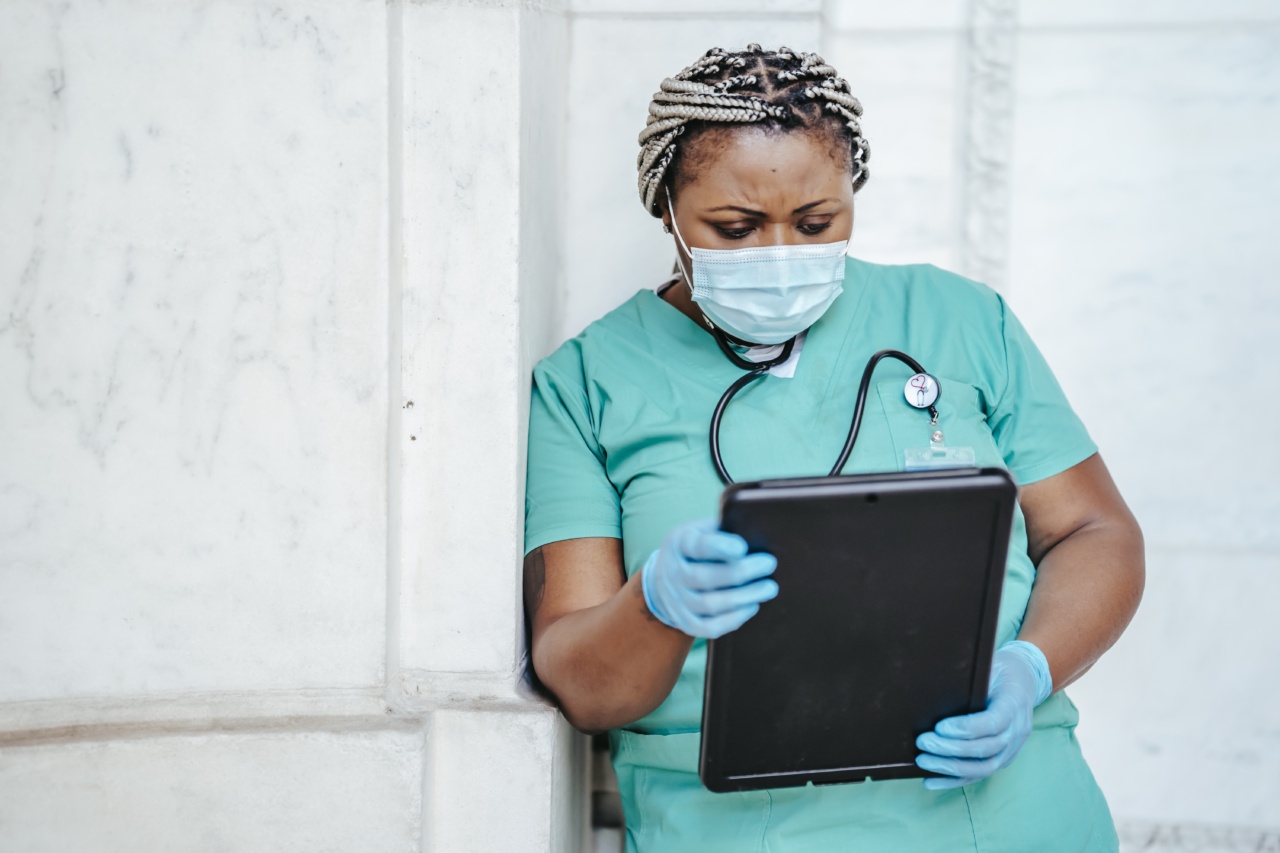A pandemic is an outbreak of a disease that affects a large number of people all over the world. The H1N1 virus is one such pandemic that has affected millions of people since it first surfaced in 2009.
The virus is a combination of swine, avian, and human influenza viruses, which makes it highly infectious and deadly. Recently, there have been reports of 10 fatalities and 40 hospitalizations due to the H1N1 virus. This has caused panic among the general public and raised concerns about the effectiveness of existing treatments.
Symptoms of the H1N1 Virus
The symptoms of the H1N1 virus are similar to those of the regular flu. They include:.
- Fever
- Cough
- Sore throat
- Body aches
- Headache
- Fatigue
- Chills
- Nausea and vomiting
The symptoms usually appear within 2-3 days of exposure to the virus and can last for up to a week. In severe cases, the virus can lead to pneumonia, respiratory failure, and even death.
Prevention and Treatment of the H1N1 Virus
The best way to prevent the spread of the H1N1 virus is to get vaccinated. The vaccine is highly effective in preventing the disease and is recommended for everyone, especially children, the elderly, and people with weak immune systems.
In addition to vaccination, it is important to practice good hygiene, such as washing your hands regularly, covering your mouth when you cough or sneeze, and avoiding close contact with people who are sick.
If you do contract the H1N1 virus, it is important to seek medical attention immediately. Antiviral medications, such as oseltamivir and zanamivir, can help reduce the severity of the symptoms and prevent the virus from spreading.
However, these medications are most effective when taken within 48 hours of the onset of symptoms.
The Importance of Early Detection
Early detection of the H1N1 virus is crucial for effective treatment and prevention of the spread of the disease. If you experience any symptoms of the virus, it is important to seek medical attention immediately and get tested for the virus.
In addition, public health officials need to work together to monitor the spread of the virus and take measures to contain it.
This includes measures such as quarantining infected individuals, closing public spaces, and issuing public health warnings to help people stay informed about the risks of the virus.
Conclusion
The H1N1 virus is a highly infectious and deadly pandemic that has affected millions of people worldwide.
Recent reports of 10 fatalities and 40 hospitalizations due to the virus have raised concerns about the effectiveness of existing treatments and the need for greater public awareness about the risks of the disease.
To prevent the spread of the virus, it is important to get vaccinated, practice good hygiene, and seek medical attention immediately if you experience any symptoms of the disease.
Early detection is crucial for effective treatment and prevention of the spread of the disease, and public health officials must work together to monitor and contain the virus.




























